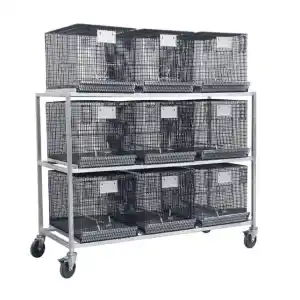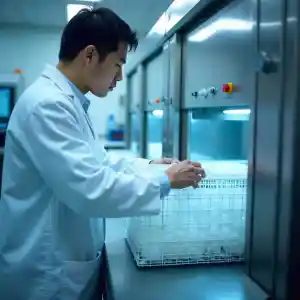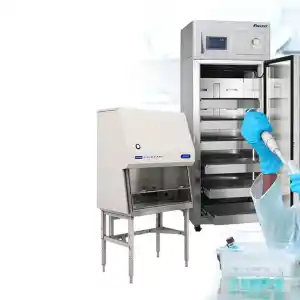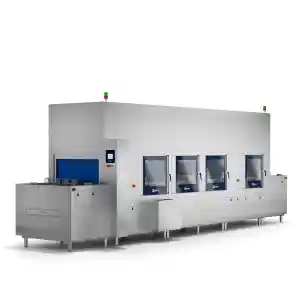Choosing appropriate rodent caging equipment is crucial to getting lab animal welfare right. Rodent cages are critical for infection control and minimizing the risk of disease transfer between animals, thus, enhancing research results. They are also vital for compliance with animal welfare standards and can simultaneously improve efficiency by reducing animal care time1.
A vivarium primarily exists to provide living space for animals and a controlled environment for performing scientific observations. Designing and building a suitable vivarium for rodent caging or keeping other exotic species is a challenging task with many parameters that must be considered.2
If you are trying to find the best types of rodent caging for your vivarium, the support of an expert in innovative rodent caging solutions can provide all the technical expertise you need. At, ARES Scientific, we can provide expertise in designing, developing and innovating laboratory facility equipment, including solutions for rodent caging.
Vivarium Design
When considering vivarium design, it is good to consider whether additions such as automated bottle filling, bedding disposal, transport cages, and animal transfer stations will help simplify your animal care needs.
We can provide a wide variety of rodent caging systems and accessories for all the rodent caging needs listed above and more. Our range of rodent caging systems is the most extensive, but we also offer vivariums for other animal species such as ferrets, finches and shrews.
Many of our rodent caging systems are designed to be ultra-high density, so while each rodent has sufficient space to live, over 100 animals can be kept in a compact rack that wastes little precious lab space.
One of the key advantages of our rodent caging systems is their high customizability. Heated systems or thermal neutral zones are available, as well as cages designed for portability. Other options include several drinking infrastructure types and the possibility to interface the enclosure with RS232 connections for real-time data monitoring of the rat caging conditions.
Many of our rodent caging options come with the possibility of their own ventilation supplies to help prevent contamination between cages and the environment. All cage components are designed to be easy to clean and maintain so that both rodent caging space and personnel time are highly optimized.
Rodent Caging Options
The MACs Gentle Air system is on an example of a specially ventilated rodent caging solution that can come with many mounting options for air handling units. Other designs like the Optirat Plus offer multi-level housing for rat species and provide a spacious environment for keeping groups of rodents and allowing for intra-cage enrichment. This is ideal for studies where natural rat behavior is to be observed.
Other options like the Ergo50 rodent caging and feeding solution come with a vast number of options. Cage separations can be chosen with or without social holes, and there are a variety of water bottle designs to allow for shared interaction over water or not.
Contact ARES Scientific today to find out how their partnership could support you with the expertise and specialist products for your rodent caging needs.
References and Further Reading
- Couto, M. (2011). Laboratory guidelines for animal care. In Vertebrate Embryogenesis (pp. 579-599). Humana Press, Totowa, NJ. https://doi.org/10.1007/978-1-61779-210-6_24
- Huerkamp, M. J., Mallon, D., & Percifield, G. (2017). Facility design, planning, and renovation. Management of Animal Care and Use Programs in Research, Education, and Testing, 377-430. https://doi.org/10.1201/9781315152189



